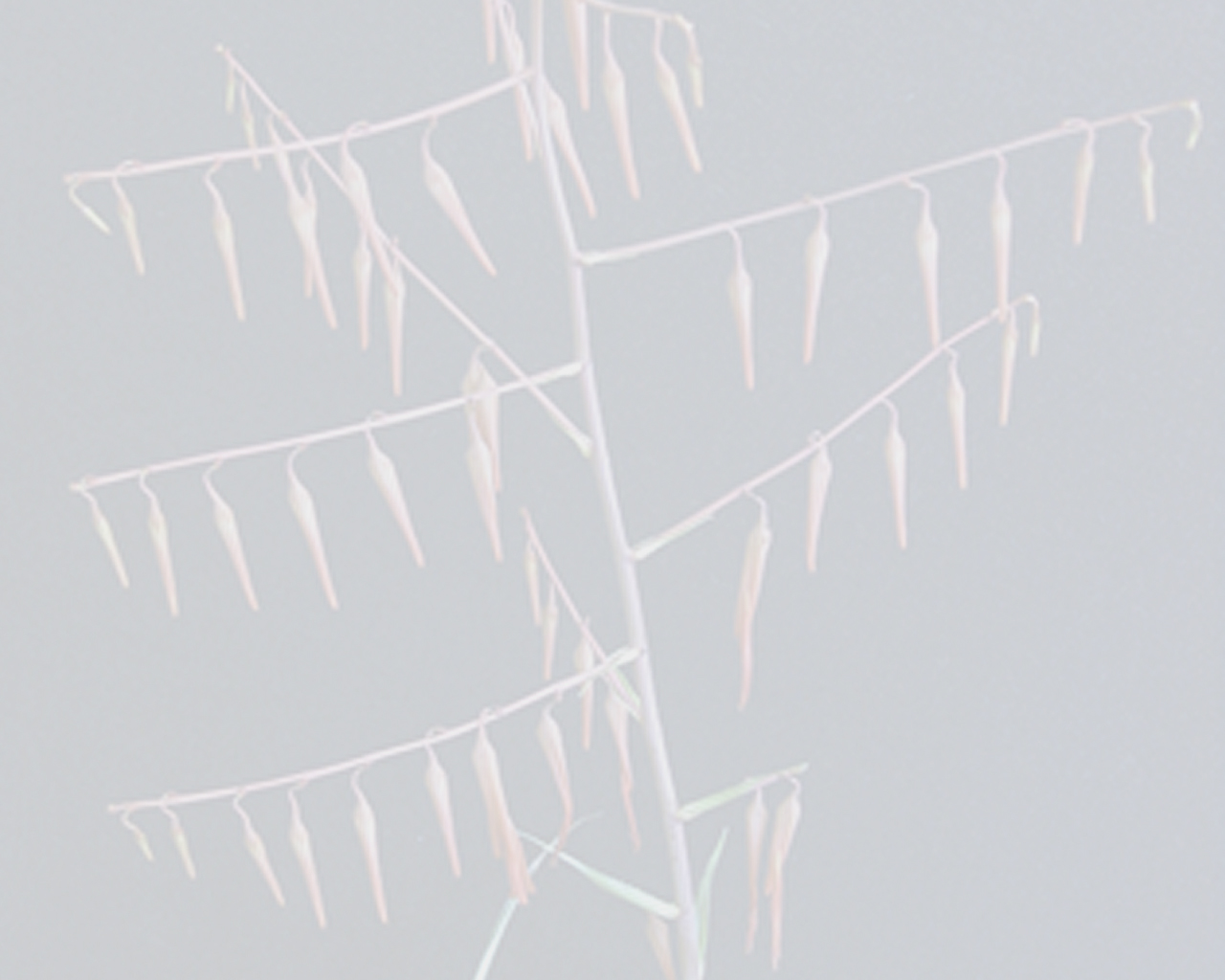

 Pitcairnia brongniartiana var. scandens Rauh[as Pitcairnia brongniartiana var. scandens Rauh]
Pitcairnia brongniartiana var. scandens Rauh[as Pitcairnia brongniartiana var. scandens Rauh]Diagnose: —A typo differt axibus 5-10 m longis sympodialiter ramosis, scandentibus, radicantibus, dimorpho-foliosis. Observations: —Collected by Andre1876 at Rio Cuaiqueres, Narino (S Colombia) under the number 3394 and since then many times in Colombia and also in Ecuador, Mera, Prov. Napo, in highlands between 500 and 2300 m P.brongniartiana is found through its very large outstanding flowers for a little known species. Being aware of all known Ecuadorian locations on the north side of the Cordillera (in the province of Napo-Pastaza) in highlands between 1000 and 1500 m, we collected in May 1975 in the lowland-rain-forest of the west coast in highland about 50 m at the Rio Canande, approximately 20 km from the small town of Quinande, a Pitcairnia, which according to the key by L. B. Smith (1974) and A. J. Gilmartin refers it to the complex around R.brongniartiana Andre, but because of its growth habit distinguishes itself from the current diagnoses of the type species.
Because we collected the plant from a regenerated tree, we were able to study its growth pattern. This is so different from the type, that we consider our plant to be a variety, that is described on the basis of its liana like clambering growth, as var. scandens Rauh nov. var.
It is different by its similar growth like P. volubilis L. B. Smith, Habitat SW Colombia to NE Ecuador; Mera, Prov. Napo-Pastaza), just like P. scandens Ule and P. riparia Mez. The sprouting system is into a climbing, covered by lower leaves, rhizome like, rooted section forming an erect, rosette like, fertile inflorescence. The plant is with sympodial growth, and we could determine a long system of sprouting for the entire 5-10 m (!), where the past generations of shoots had naturally died.;Translated by Butcher (16-11-2014) from: Rauh 1976b. (protologue) Bromelienstudien (Mitteilung 6). I. Neue und wenig bekannte Arten aus Peru und anderen Lšndern .